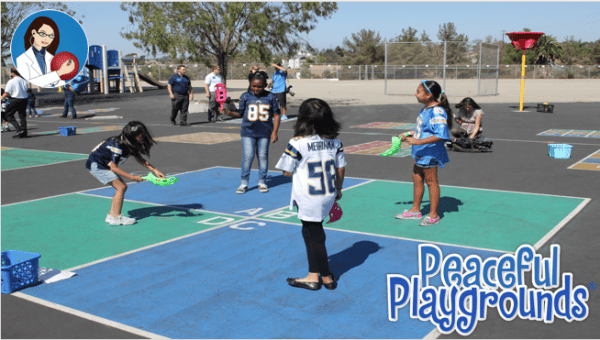Why physical activity is important?
 You may be wondering why physical activity is important and what is it?
You may be wondering why physical activity is important and what is it?
Physical activity is any bodily exercise that enhances or maintains fitness and overall health or wellness. We think of it as burning energy or calories. For health benefits, physical activity should be moderate or vigorous intensity, according to the USDA.
Some examples of moderate activities include walking, biking, gardening, and hiking.
Some examples of vigorous activities include: running, swimming, aerobic exercise, soccer, and competitive basketball.
How active is active enough?
Typically once you begin to sweat you are engaged in moderate to vigorous PA. If you are running and find it difficult to talk-and-run chances are you are also engaged in moderate to vigorous activity. It is generally thought that children begin to see health benefits after 20-30 minutes of continuous moderate to vigorous activity occurring for a period of 6 weeks and beyond.
The National Association Sport and Physical Education recommends that children participate in 60 minutes of moderate to vigorous physical activity 5 days a week. However, the Shape of the Nation Report 2010 reveals that fewer than one-third of all children ages 6 to 17 engage in vigorous activity, defined as participating in physical activity for at least 20 minutes that made the child sweat and breathe hard. Regular PA is important for children for a variety of reasons, not the least of which is, the long term health benefits. Physical activity also aids in maintaining a healthy weight. In addition to long term health benefits, children also benefit from keeping active. Some of the additional benefits are: Inactive children and young adults can show signs of: There are many popular activities that help children to remain active. Sports participation comes to mind as well as, dance and gymnastics classes. Schools that enjoy the benefit of a physical education instructor are at an advantage as activity minutes are often met or can occur in their daily PE class. An additional benefit is an instruction that they receive often results in underlying motor skill proficiency that contributes to their success and therefore participation in sports teams and/or they gain the confidence to be active. Recess is another opportunity for PA at school. Typically, children have been shown to be more active at recess than in physical education, however, this depends largely on the quality of physical education instruction that they receive. Peer and sibling support, access to play spaces and equipment, as well as, time spent outdoors also contribute to physical activity. Generally speaking, one of the best indicators of an active child is an active and supportive parent (although this does not hold true for all subgroups). When parents spend time in physical activity with children they not only gain skills and proficiency but generally acquire an understanding of the relationship between physical activity and good health and well-being. Access to facilities, programs and the outdoors is positively associated with children’s activity levels. [2] Likewise, community sports participation and previous physical activity participation were found to be correlated with active children and adolescents. Sedentary behavior was inversely related to physical activity. Regular activity in children and adolescents promotes a healthy body weight and body composition. An emerging body of research is pointing to the relationship between physical activity and academics. Good habits are the key to good health and healthy students perform better academically, have better attendance, and behave better in class, according to the American Heart Association.[3] Three recent literature reviews conclude that school-based physical activity programs may result in short-term cognitive benefits (Taras, 2005), improve cognitive functioning among children (Sibley & Etnier, 2003), and do not hinder academic achievement (Trudeau & Shepard, 2008). A physical activity break such as recess has been shown to reduce fidgeting, increase a child’s ability to focus and combat depression and anxiety. [1] 2010 Shape of the Nation Report. National Association for Sport and Physical Education with the American Heart Association. Pg 5 [2] Sallis, J.F., J.J. Prochaska, and W.C. Taylor. A review of correlates of PA of children and adolescents. Medicine & Science in Sports & Exercise. 2000 by the American College of Sports Medicine. [3] American Heart Association. For the Classroom. Teacher Section. Elementary School Lesson Plans. www.heart.org/educator/fortheclassrom/ Benefits of Regular Physical Activity
How Children Become More Active.
 The Outdoor Environment
The Outdoor EnvironmentLink between PA and Academics
Related article on Physical Activity in Schools
Benefits of Physical Activity in Schools
Opportunities for PA in Schools
School Playground Stencils
Low Cost High Activity Playgrounds
School Playground Grants


